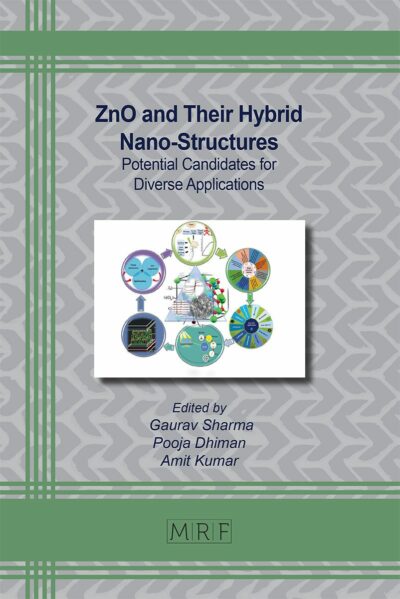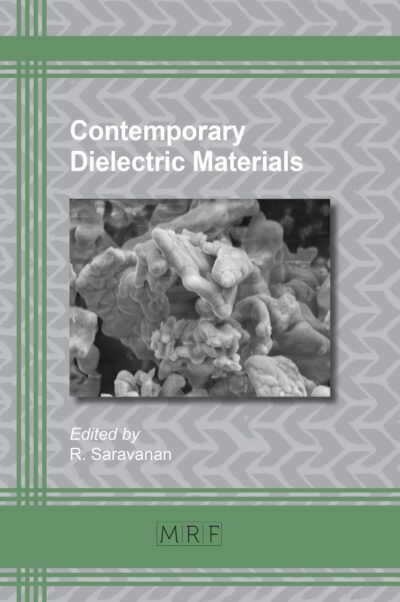Y. NAJIH, M. ELYAAGOUBI, N. KOUIDER, J. BENOURRAM, M. MABROUKI, H. LATRACHE
Abstract. The general context of this work is to study the effect of physicochemical and morphological properties on bacterial adhesion. In this case, the adhesion of Staphylococcus aureus (gram positive bacteria) has been studied in thin films of zinc oxide (ZnO). The contact angle measurements were used to calculate the surface energy components of each substrate and analysis of adherent cells on the surface was made by the atomic force microscopy. The results showed that the glass surface is governed by short range forces (Lewis acid–bases forces) and that ZnO film is governed by long range forces (van der Waals forces). Images obtained by atomic force microscopy revealed that the ZnO layer has an antibacterial effect against S. aureus.
Keywords
Staphylococcus Aureus, Surface Energy, Atomic Force Microscopy, Zinc Oxide, Contact Angle
Published online 12/10/2016, 4 pages
Copyright © 2016 by the author(s)
Published under license by Materials Research Forum LLC., Millersville PA, USA
Citation: Y. NAJIH, M. ELYAAGOUBI, N. KOUIDER, J. BENOURRAM, M. MABROUKI, H. LATRACHE, ‘Adhesion of staphylococcus aureus on thin films of zinc oxide’, Materials Research Proceedings, Vol. 1, pp 230-233, 2016
DOI: https://dx.doi.org/10.21741/9781945291197-57
The article was published as article 57 of the book Dielectric Materials and Applications
References
[1] H.D. Kusumaningru.,G. Riboldi,W.C Hazeleger, and Beummer, R.R. Int. J. Food Microbiol., vol.85, n.3, pp.227-236, 2003.
[2] N. Fuster-Valls, M. Hernández-Herrero, M. Marín-De-Mateo, and J.J. Rodríguez-Jerez, Food Control. , v.19, n.3, pp.308-314, 2008. https://dx.doi.org/10.1016/j.foodcont.2007.04.013
[3] S. Ammor, I. Chevallier,A. Lague, J. Labadile, R. Talon, andE. Dufour, Food Microbiol, v.21, n.1, pp.11-17, 2004. https://dx.doi.org/10.1016/S0740-0020(03)00051-0
[4] L. Kunigk, M.C.B.Almeida and J. Braz. Microbiol, v.32, n.1, p.38-41, 2001. https://dx.doi.org/10.1590/S1517-83822001000100009
[5] G. Harkes, J. Feijen and J. Dankert, Biomaterials,vol. 12, pp. 853, 1991. https://dx.doi.org/10.1016/0142-9612(91)90074-K
[6] A.M. Gallardo-Moreno, M.L. Gonzalez-Martin, J.M. Bruque andC. Perez-Giraldo, Colloids Surf A Physicochem. Eng. Asp, vol. 99, pp. 249, 2004.
[7] A.W.J. Van Pelt, A.H. Weerkamp, M.H.W.J.C. Uyen, H.J. Busscher, H.P. de Jong and J. Arends, Appl. Environ. Microbiol, vol. 49, pp. 1270 1985.
[8] B. Gu, C. Xu, C. Yang, S. Liu and M. Wang. Biosens. Bioelectron, vol. 26 pp. 2720 – 2723, 2011. https://dx.doi.org/10.1016/j.bios.2010.09.031
[9] Y. Najih, M. Elyaagoubi, N. Kouider,J. Bengourram and M. Mabrouki,International Journal of Emerging Technology and Advanced Engineering, , vol. 5, Issue. 8, pp. 345-35,August 2015.
[10] CJ.Van Oss, Curr. Opin. Coll. Interf, Sci. 2pp. 503–512, 1997.














